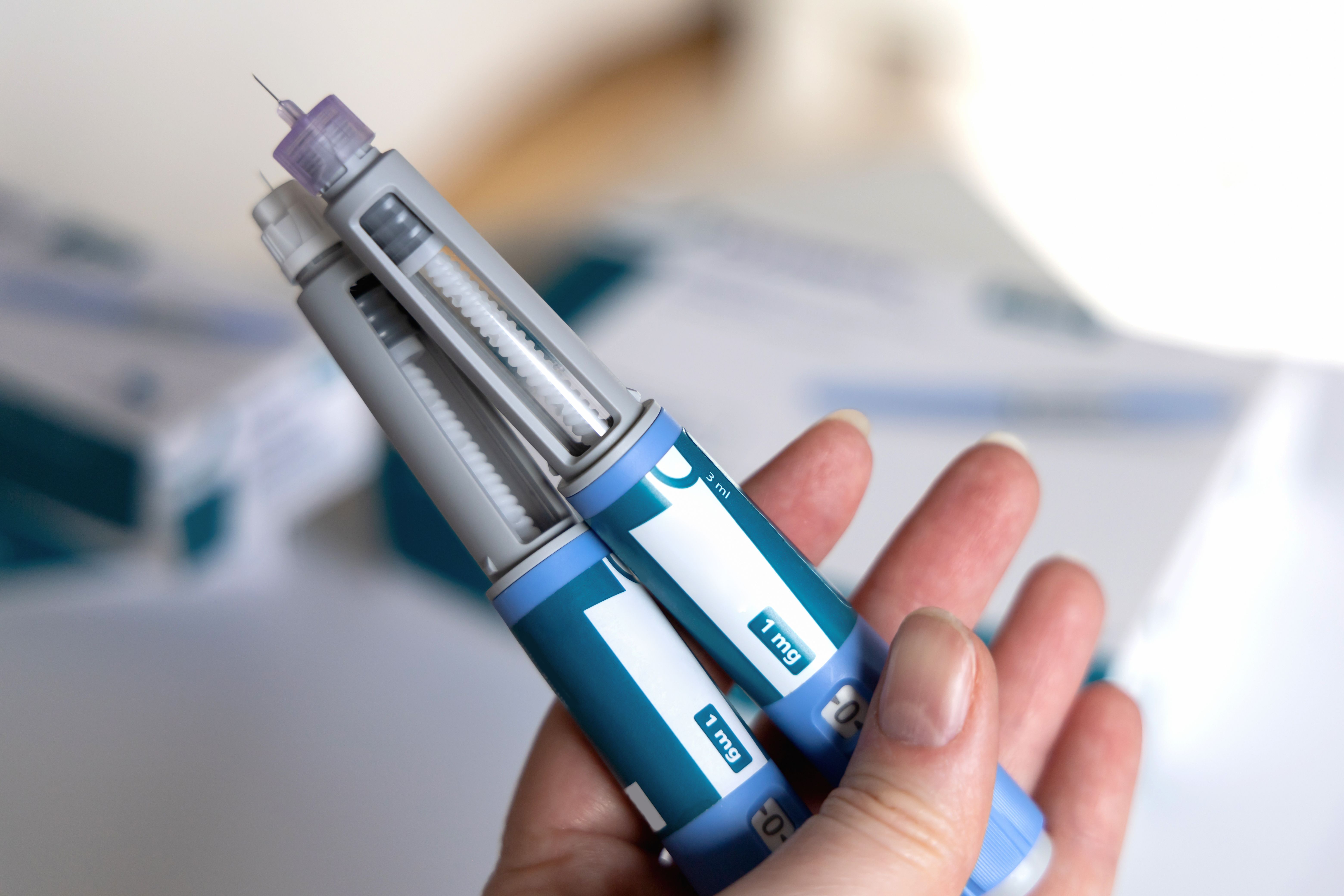Article
How Technology Can Improve Diabetes Management
Author(s):
Advances in technology can guide insulin regimens prescribed at discharge among patients with diabetes.
According to new data from a quality improvement study, patients with diabetes experienced no diabetes-related readmissions, urgent care visits, or emergency department visits within 30 days of hospital discharge when their healthcare providers used Glytec’s eGlycemic Management System to guide insulin regimens prescribed at discharge.
Researchers at Eastern Virginia Medical School conducted the study and presented their findings earlier this month at the 17th Annual Diabetes Technology Meeting in Bethesda, Maryland.
“The primary focus of this project was the transition from hospital to home for patients with diabetes,” principal investigator Jagdeesh Ullal, MD, MS, an associate professor at Eastern Virginia Medical School and endocrinologist at Sentara Healthcare told MD Magazine. “What we have seen as ‘usual care’ is that most inpatient providers will discharge patients on the same insulin regimen as they were on prior to hospitalization, which means about 70% of these patients have no change to their diabetes therapy even though their average blood glucose on admission is outside the normal range and the nature of their condition on discharge really does necessitate a change.”
Ullal explained that in many cases, the provider feels a level of discomfort in making alterations to home insulin regimens, especially for patients that have only been in their care during a hospital stay.
“They prefer to leave those changes to the primary care providers. Some inpatient providers just don’t see themselves as having sufficient expertise in insulin management and titration,” he said. “As a result, insulin dosing at discharge is often overlooked or not addressed appropriately. However, an improper insulin regimen following hospitalization can set the stage for worsening hyperglycemia, episodes of hypoglycemia, and it can significantly increase the risk of readmission or emergency department visits.”
The study group consisted of 28 patients with diabetes with admission A1C >6.5% (average at 9.5%), indicating their diabetes was poorly controlled before hospitalization. Their average blood glucose at admission was 223 mg/dL — 43 mg/dL higher than the normal range.
Researchers managed intravenous (IV)/subcutaneous insulin administration using the Glucommander module of Glytec’s eGlycemic Management System, which provides personalized dosing recommendations and is integrated with the electronic health record (EHR). Patients’ average daily blood glucose during the study was 152 mg/dL, down from 71 mg/dL, or 32%, from the average admission blood glucose, and below the goal range (140-180 mg/dL).
Certified diabetes educators contacted the study patients once a week for the first month after discharge to check on their health and home care. Using the home insulin regimen guided by Glytec’s H2H module, none of the patients had a readmission, urgent care visit, or emergency department visit caused by diabetes or any glucose-related incidents. Only one patient had an episode of severe hypoglycemia (<40 mg/dL).
“We had already been using Glytec’s Glucommander software for IV and subcutaneous insulin dosing during the hospital stay. Several of our prior studies have shown marked reductions in complications, length of stay, hypoglycemia, hyperglycemia, average daily blood glucose, and other measures of good glycemic control—which makes for faster recovery and overall better health,” Ullal said. “By using Glytec’s Hospital-to-Home software in conjunction with Glucommander, we are able to maintain good glycemic control outside of the hospital and avoid diabetes-related readmissions and emergency department or urgent care utilization.”
The study was conducted at Sentara Norfolk General Hospital, Sentara Virginia Beach General Hospital, and Sentara Northern Virginia Medical Center.
Newsletter
Stay informed on drug updates, treatment guidelines, and pharmacy practice trends—subscribe to Pharmacy Times for weekly clinical insights.






